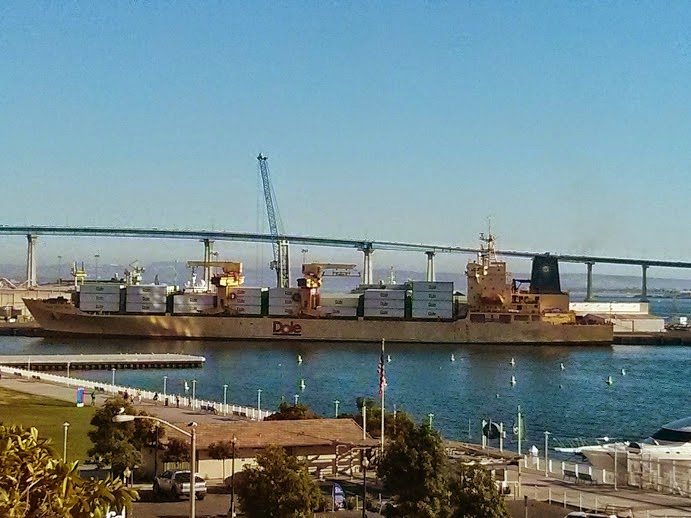The IMF says the global economy will grow slower than
expected this year while another recent announcement states that China superseded the U.S. in terms of purchasing power this year. Both are game
changing events in what appears to be a long played out economic drama. Even
though the news is not positive it does provide an opportunity for the U.S. to
focus on improving its infrastructure to lower costs and retool for better managing
international markets.
Slower International Economic Growth:
Growth in advanced economies and emerging economies are
widely different. Advanced economies should experience a 1.8% growth rate this
year and a 2.3% growth rate in 2015. Emerging economies are expected to have a
higher rate of 4.4% based upon their riskier investment portfolios. Companies
are attracted to the cheaper and more lucrative emerging economies for
new investments.
The IMF argues that one of the difficult challenges facing
economies is the ability of countries to enact reform and change to improve
upon their competitive positions. Countries should select which changes are
needed and beneficial and then move down the path of change to make things
happen. Political capital and the ability to share objectives will naturally
have an impact on the success of reform efforts.
Chinese Wealth and Influence:
The IMF states that China’s economy is larger than the U.S.
in terms of purchasing power (1).
China has surpassed the U.S. on purchasing power parity (PPP) meaning that once
the Gross Domestic Process (GDP) is adjusted the Chinese have significant purchasing
strength in the global market making them more influential than in the past. They
have become a direct competitor and market changer.
National wealth creates influence among business
stakeholders. When national wealth is high countries are able to better bargain
for deals, influence international stakeholders, and obtain the resources
needed to adjust and be more innovative. As China rises on the international
scene a new alternative takes shape which becomes viable for nations seeking
the best deal between two large economic countries (U.S. and China).
Needed Improvements:
A slower international economy and a more powerful China is
not the end of the game. It provides an opportunity for the U.S. to direct its
efforts toward implementing its own growth oriented strategies to draw
investments and improve the overall economic functioning of the nation. When
difficulties arise decision-makers are encouraged to put down petty differences
and focus on solutions through collaborative problem-solving.
Economic hubs act similar to emerging markets but have the
additional benefit of being within a more stable national economy. Their growth
potential as a localized entity is higher than national rates but can also influence
those national rates. Emerging technology and manufacturing hubs are prime
examples of flush investment and growth opportunities that have not been fully explored.
Within the U.S. there are examples of hubs that developed organically
through like-minded stakeholders. Understand where these hubs are located,
encouraging mutual development within these hubs, and creating awareness of
investment opportunities has a long-tail impact on the national economy. As hub
members become more innovative they will naturally export products and raise
their income opportunities by drawing in more investment interest to feed their
growth.
The point between A and Z has many stops and twists along
the path. At times we have become our own worst enemies in the sense that other
considerations beyond the health of the nation regularly take precedence. We
must only look at the political spectrum to see this distraction at work. Americans desire employment opportunities and this comes through building
ground-based products and services that have international penetration.
Government should move upwards in its development to lower costs, empower local
economies (i.e. hubs and clusters), reduce debt, improve infrastructure (i.e.
how hubs interact on a national level) and focus on founding fundamental
principles that encourage basic human motivation.
